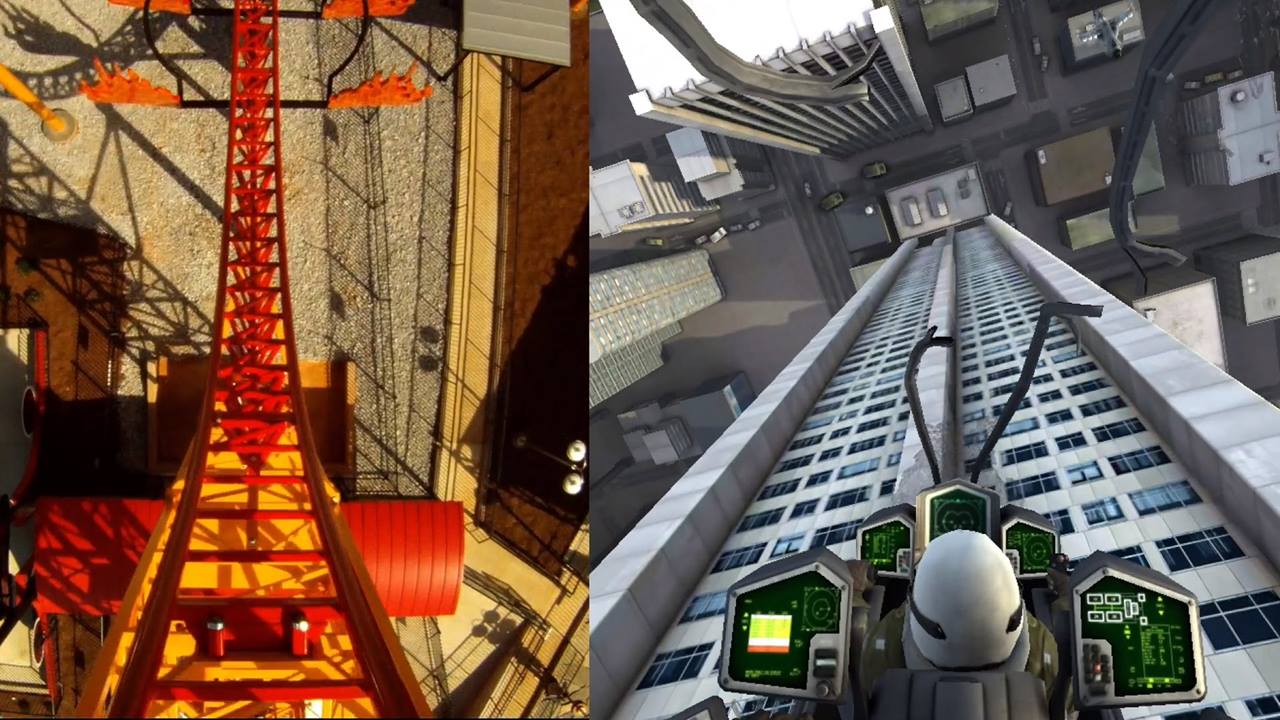Page 11358
Mar 11, 2016
Google Translate could become more accurate soon thanks to deep learning
Posted by Shailesh Prasad in categories: information science, mobile phones, robotics/AI
Google has smartened up several of its products with a type of artificial intelligence called deep learning, which involves training neural networks on lots of data and then having them make predictions about new data. Google Maps, Google Photos, and Gmail, for example, have been enhanced with this type of technology. The next service that could see gains is Google Translate.
Well, let me back up. Part of Google Translate actually already uses deep learning. That would be the instant visual translations you can get on a mobile device when you hold up your smartphone camera to the words you want to translate. But if you use Google Translate to just translate text, you know that the service isn’t always 100 percent accurate.
In an interview at the Structure Data conference in San Francisco today, Jeff Dean, a Google senior fellow who worked on some of Google’s core search and advertising technology and is now the head of the Google Brain team that works on deep learning, said that his team has been working with Google’s translation team to scale out experiments with translation based on deep learning. Specifically, the work is based on the technology depicted in a 2014 paper entitled “Sequence to Sequence Learning with Neural Networks.”
Continue reading “Google Translate could become more accurate soon thanks to deep learning” »
Mar 11, 2016
We Just Moved One Step Closer to Holographic Long-Distance Conversations
Posted by Shailesh Prasad in category: augmented reality

Microsoft Research reveals more details about a telepresence technology they are developing that could fundamentally improve communication today.
In this day and age, it almost comes as no surprise when new technology emerges that’s poised to change how people live and work. Take, for instance, Microsoft Research’s Room2Room project.
Continue reading “We Just Moved One Step Closer to Holographic Long-Distance Conversations” »
Interesting.
Giving everyone a “basic income” is the latest trendy idea sweeping Silicon Valley. It’s a terrible solution to a real problem.
Mar 11, 2016
The New Revolution at Dare Devil Dive POV
Posted by Shailesh Prasad in category: virtual reality

Here is a cool look at The New Revolution at Dare Devil Dive at Six Flags Over Georgia & Hurricane Harbor with a side-by-side shot of what you will see when wearing the VR headset. Are you looking forward to checking out this new technology?
Mar 11, 2016
The Sadness and Beauty of Watching Google’s AI Play Go
Posted by Sean Brazell in category: robotics/AI
Mar 11, 2016
Why Won’t Sanders, Clinton, Trump and Cruz Discuss Transhumanist Science Issues?
Posted by Zoltan Istvan in categories: geopolitics, life extension, science, transhumanism
 https://youtube.com/watch?v=MGbGVGgoSPo
https://youtube.com/watch?v=MGbGVGgoSPo
My new Huff Post story asking why the major presidential candidates don’t discuss transhumanist science:
THE BLOG Why Won’t Sanders, Clinton, Trump and Cruz Discuss Transhumanist Science Issues? 03/11/2016 03:49 pm ET Zoltan Istvan US Presidential candidate of Transhumanist Party; Creator of Immortality Bus; Author of #1 bestselling Philosophy novel ‘The Transhumanist Wager’ Image by DonkeyHotey Have y…
Mar 11, 2016
Digital CMOS Camera Series Boosts Quantum Efficiency (QE) For Breakthrough Photon Detection Capability
Posted by Karen Hurst in categories: chemistry, nanotechnology, quantum physics, security
Digital CMOS camera with QE technology with improved photon detection capabilities — now this should interest to many medical departments, researchers, and even for security checkpoint screening.
Hamamatsu Corporation has again raised the bar in scientific CMOS camera performance with the 2016 version of the ORCA-Flash4.0 V2. The increased quantum efficiency (QE), now at a peak of 82%, increases the likelihood of detecting the faintest of signals, helping to answer the question “Is it there?” And, for brighter samples, higher QE translates into shorter exposure times without sacrificing image quality. The ORCA-Flash4.0 V2 opens up new possibilities for imaging in low conditions and improves signal to noise at all light levels.
Since its introduction and evolution, the ORCA-Flash4.0 series has become the favorite scientific CMOS camera of investigators everywhere, powering cutting-edge imaging research in every field from biology and chemistry to astrophysics and nanotechnology. The widespread appeal is due to the vast array of high-performance features: low read noise, large field of view, high dynamic range and fast frame rates. The newly enhanced QE of the “Flash V2” only serves to increase the power and versatility of this game-changing camera.
Mar 11, 2016
Microsoft spending a fortune on Quantum computing
Posted by Karen Hurst in categories: computing, quantum physics
Peter Lee, the corporate vice president of Microsoft Research said that Quantum computing is “stupendously exciting right now.”
Apparently it is Microsoft Research’s largest area of investment and Lee is pretty certain it is on the verge of some major scientific achievements.
Mar 11, 2016
Can we build quantum-resistant encryption?
Posted by Karen Hurst in categories: computing, encryption, engineering, finance, government, internet, quantum physics
I do believe we’re within a 7 to 8 yr window at this point with Quantum hitting the broader main stream computing infrastructure. However, we have banks in Europe that have been using the technology for network communications, Los Alamos Labs experimenting since late 2011 with Quantum Internet, now China is launching their own Quantum Satellite for wireless communications; so I do suggest a strategy needs to be developed over the next 2 to 3 yrs for government & industry around how to manage & plan for deployment of Quantum especially with China & Russia’s interest.
New research demonstrating that quantum computing is now just an engineering challenge moves the possibility of encryption-cracking machines to the front burner.














